
Who’s heard of Menhaden? Anyone? Show of hands? Certainly not me, before a couple of months ago. Now, however, the oily fish that once schooled in innumerable masses on the East Coast of North America and in the Gulf of Mexico keeps leaping into my consciousness on a near-daily basis. Right now, it’s the oil catastrophe and the daily stream of images of oil-soaked brown pelicans that’s the trigger.
The story of Menhaden, at least as it relates to humans, begins with the first human peoples of the East Coast. When forced by circumstance to heap up their corn-planting mounds in areas of depleted soil, peoples like the Naragansetts would add to the mound a single specimen of the intensely oily, bony menhaden, ensuring an adequate dose of fertilizer for the crop season. The Indians taught this trick to the hapless white settlers, who, ignorant as they were of almost everything useful, often insisted on farming depleted soils since they lacked the social gumption to move around according to the rhythms of life. Soon enterprising individuals were winching netsful of menhaden from the water using donkey-power to plow into fields for the burgeoning industrial production of food commodities.
The oiliness of the fish tended to contaminate soil when used in excess (and Europeans knew no other way) so rendering plants were established to separate the oil, which found new uses in a variety of industrial products, from paint to lipstick. The fish-meal became food for industrially produced animals on massive hog and poultry farms.

All good things, however come to an end. Such massive commercial exploitation caused menhaden populations to crash, and crash again. Their reputation as an unceasingly productive horde-fish led to a circular logic of self-justification from the captains of industry and of the annihilatory fleets: menhaden are cyclical, that’s why there aren’t any this year. We have to take advantage of them wherever they might be spawning, and pursue them into fresh territory. Each time they seem to crash and disappear is just further evidence of the cyclical lifecycle: we’ve just got to go and find them somewhere else. Soon enough, that somewhere else had contracted so dramatically that the menhaden reduction industry (so-called because it was essentially an industrial mechanism for reducing one of the world’s most profligate fish to binsful of oil and meal, and then money) began to collapse in on itself, consolidating and reconsolidating until it took its present form: the Omega Protein fishing company, a monopoly operating out of Reedsville Virginia, and still hauling in such counts of menhaden to make that tiny port one of the top ten fishing ports by weight in the USA.


The Brown Pelican is Louisiana’s state bird. Its population went into a freefall earlier this century, due to a lethal combination of wrong-headed human destruction and from being deprived of their main food source: menhaden. In addition to befouling the earth with DDT, which causes eggs to soften and led to enormous reductions in the populations of many species of bird, commercial fishermen slaughtered Brown Pelicans by the thousands because they thought the big seabirds were competing with them for food. Nothing could be further from the truth: the Pelicans weren’t eating the fry of Dorado or Jacks or other sportfish, they were eating menhaden. And they weren’t the only ones.
Menhaden have historically been the major food source of a huge list of marine organisms off the Atlantic and Gulf coasts, and in the estuaries that feed into them. Bluefish, striped bass, mackerel, porpoises, bonito, loons, terns, sharks, and so many others relied on the enormous swarms for sustenance for millions of years before humans showed up. Predatory fish slashed into the menhaden schools, ripping and shredding wantonly, glutting themselves with fragmentary carcasses and whipping around for more. Birds gorged and took off to vomit aloft and plunge back in for another stomachful. The fragments of menhaden sifted down through the water to the armies of blue crabs on the bottom, and through the masses of deeper-water fish that plucked bloody morsels from the water column as they careened down through the fading light. Menhaden fed the world, the real world, the non-human world. But what fed them?
Menhaden are filter feeders. They swim with their mouths open and clean coastal waters of algae and plankton, transforming the outrush of nutrients from continental rivers into a mass of edible meat, and keep the water clear and oxygen rich. In their absence, the algae blooms catastrophically and begins the process of eutrophication, that stagnation of waters that has slaughtered estuaries all over the East Coast and Gulf regions. This process is compounded by the fact that almost all the rivers that drain the East and Gulf Coasts are thickly laden with loads of phosphorous and nitrogen from industrial farms upstream. This hyperexcess of nutrients supercharges the algae, accelerating the already mindboggling rate of growth. The dead zone at the mouth of the Mississippi, the size of Connecticut, is attributable directly to protracted, persistent blooms of toxic algae. And there are no longer sufficient menhaden to clear the water. Not in the Gulf, not in the Chesapeake Bay, hardly anywhere. Not now when they are needed most. They have better things to do: to gloss lips and fatten hogs.
So if we look at the Gulf today, covered in oil, despoiled by supertoxic red tides, and thronged by dying seabirds dripping ochre with benzinic sludge, we see the endpoint of human industrial effort. This system of natural relationships has been under the hammer of human greed for more than a century, and stands to only see things get worse. For not only is there now a fountain of poison spewing up from below, but there is a conspicuous lack of the mighty schools of menhaden that might be able to offset some of the terrible work being done here, if only to provide real food to the suffering masses. The real suffering masses. The suffering masses with feathers slicked down and eyes burning, diving for whatever might be left in the wake of the industrial fishing trawlers through a three-foot tide of brick-red slime.

Check out H. Bruce Franklin’s “The Most Important Fish in the Sea” for more information on the sordid history of menhaden reduction in North America.
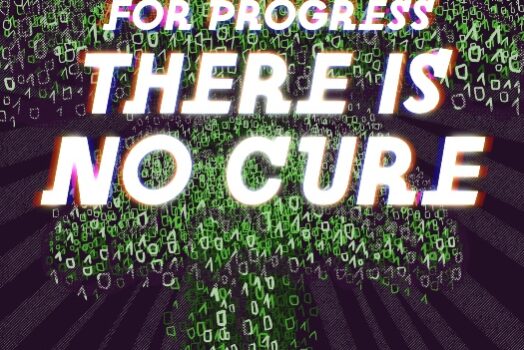

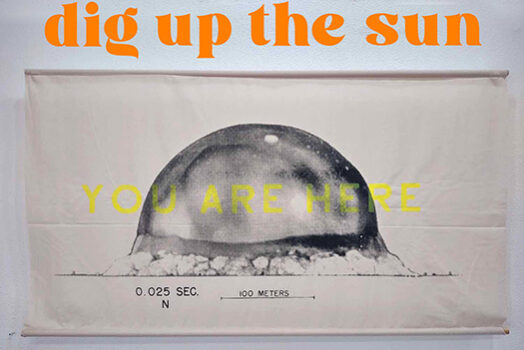

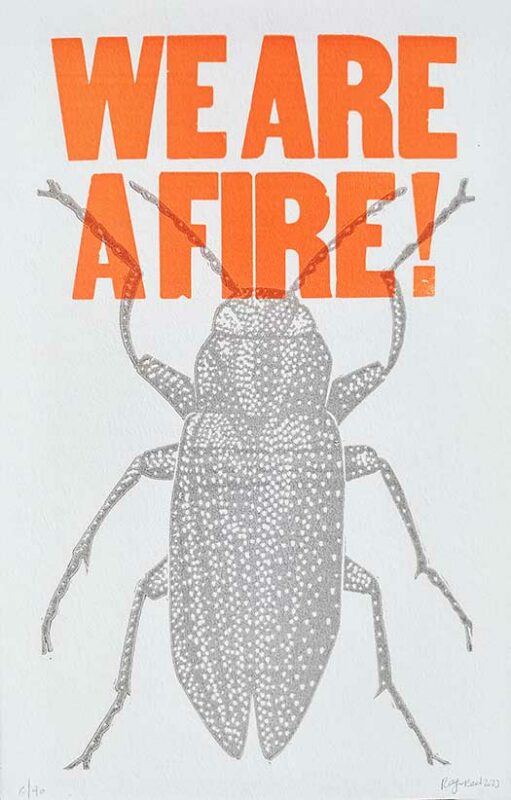
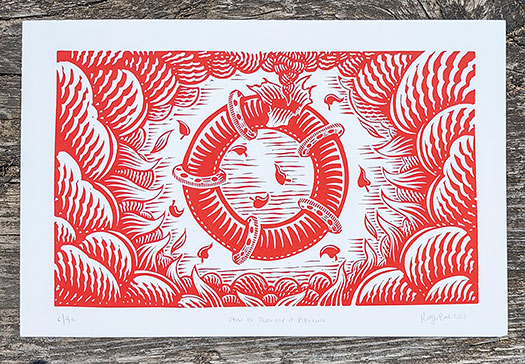
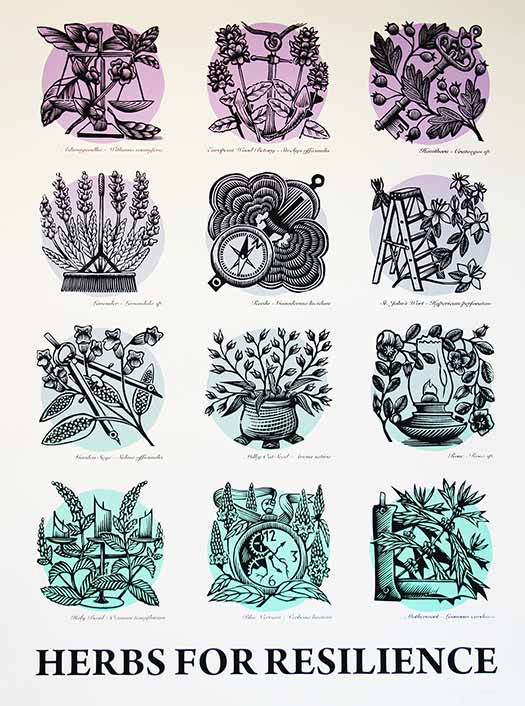
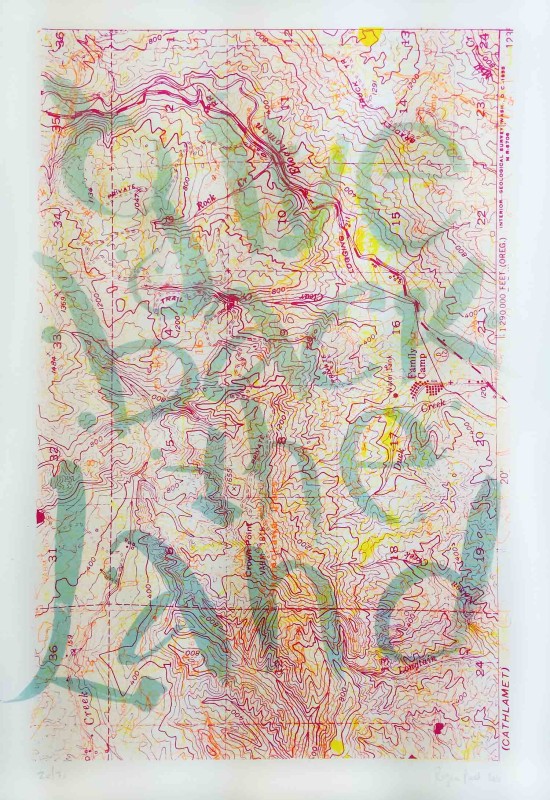
Hey i am a regular reader here and really enjoy the stuff posted here. I do a bit of art and cartooning myself and have posted a couple of cartoons on the oil issue at my blog if your interested…supermarketmonkey.blogspot.com/